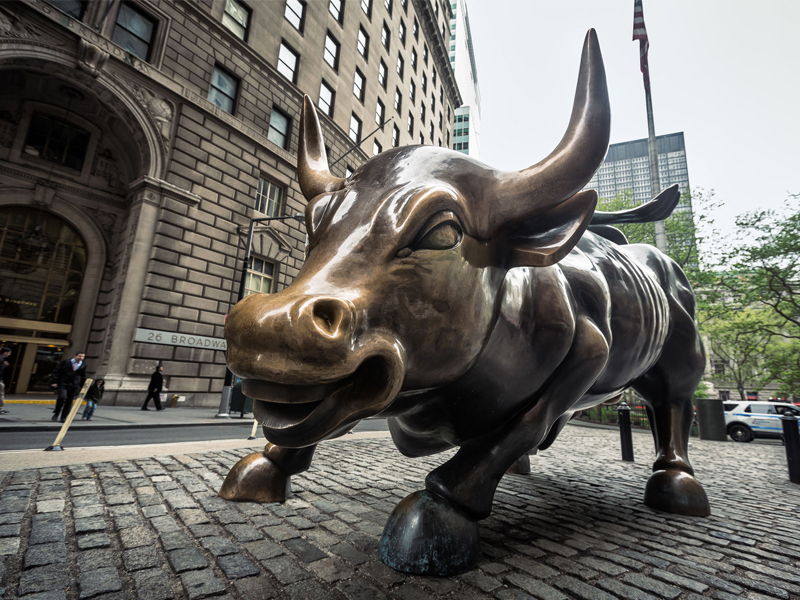
As the world’s biggest banks continue to grow, regulators may have to rethink their current approach to banks that are “too big to fail,” suggests Fitch Ratings.
In a new report, the rating agency said the global systemically important banks (GSIBs) have expanded their share of most of the indicators that regulators use to assess systemic significance. Banks are scored on a range of systemic indicators to determine the size of their added capital buffers.
Fitch said that, as a group, the GSIBs have grown faster than non-GSIBs since the end of 2017, with their share of systemic indicators growing by 3.3% over that period.
“Collectively, GSIBs have become more significant across almost all indicators, with the exception of hardest-to-value and least-liquid assets,” Fitch said.
It noted that this represents an “abrupt reversal” from the 2013-2017 period, when non-GSIBs were gaining ground relative to the GSIBs.
The significance of certain GSIBs could grow even further due to increased lending due to the effects of the Covid-19 pandemic, it noted.
“In light of rising global systemic risks, such as non-bank financial intermediation and potential GSIB ‘window-dressing’ behaviour, regulators may consider whether the GSIB capital surcharge sufficiently guards against these risks or if an overhaul of the regulatory regime is justified as GSIBs become more systemic,” Fitch said.